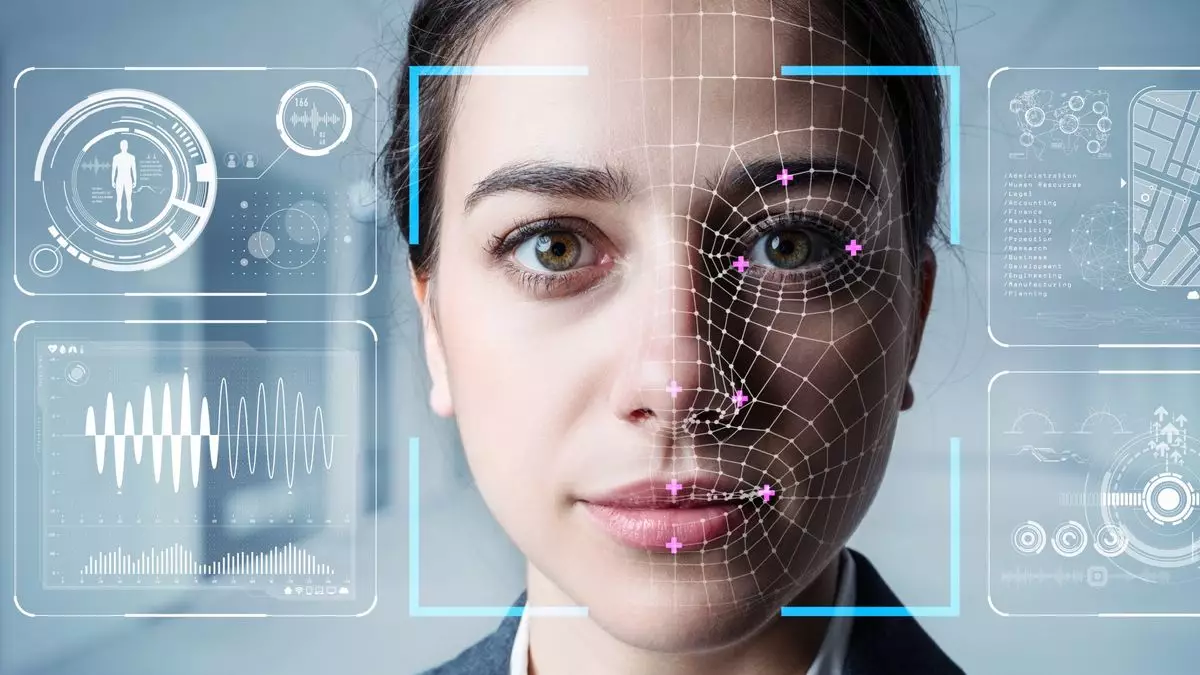As air travel continues to evolve, the integration of biometric identification systems is poised to revolutionize the passenger experience in U.S. airports. Industry experts are optimistic about the widespread adoption of touchless technology, which promises to streamline processes such as check-in, security clearance, and boarding. With a growing emphasis on efficiency and convenience, the future of air travel appears increasingly automated, raising questions about the implications for travelers and the airport industry at large.
The Role of Key Stakeholders
Central to the acceleration of biometric technology in airports is input from stakeholders such as technology developers, airlines, and government agencies. One prominent figure in this evolution is Donnie Scott, CEO of Idemia North America, who believes that the concept of a fully touchless airport journey will become a reality within the next decade. He offers insight into how particular airlines and airports will pioneer hands-free experiences, particularly for passengers utilizing TSA PreCheck. Such developments could usher in a new era of frictionless travel, where facial recognition and mobile ID checks redefine the journey from check-in to departure gate.
Currently, travelers enrolled in programs like Global Entry already benefit from touchless re-entry into the U.S., indicating that biometrics have a foundational role in modern air travel. Under this framework, a facial recognition system verifies identities at automated kiosks, minimizing the burden on passengers and creating a faster re-entry experience. This proof of concept is crucial as airports and airlines eye widespread adoption of similar technologies throughout their operations.
As of now, the TSA has begun to implement touchless security lanes at specific airports, collaborating with major airlines to enhance the experience for PreCheck holders. These initial touchless lanes are designed to decrease the time spent at security checkpoints, illustrating significant improvements compared to traditional ID verification methods. For instance, TSA reports that touchless verification takes an average of eight seconds per traveler, nearly half the time required for conventional methods.
Despite the promising nature of biometric technology, its expansion faces numerous hurdles, particularly in terms of operational logistics. Jason Lim, an identity management expert at the TSA, emphasizes that the primary obstacles are not merely technological; they reside in the interactions between various stakeholders, including airport personnel, airlines, and federal agencies. Each entity must coordinate efforts to implement biometric systems effectively, requiring significant training and adjustments to existing processes.
Funding remains a major barrier as well. Current financial constraints threaten to hinder the TSA’s ambitious plans, with projections suggesting lengthy timelines for full biometric rollout under the existing funding model. Since a significant portion of the funds garnered through the Passenger Security Fee has been redirected to the general treasury, many stakeholders worry about the diminished investments in necessary technologies.
Privacy Concerns and Public Reception
The implementation of biometric systems has sparked substantial debate, particularly concerning privacy implications. Civil liberties advocates often raise concerns over surveillance and the potential misuse of facial recognition technology. Legislative efforts have been made to restrict the government’s use of such systems, showing that resistance to these developments exists at the political level. Yet, public sentiment appears to lean towards acceptance of biometric technology, as evidenced by a survey revealing that a large majority of U.S. travelers support its implementation at airport checkpoints.
Airline Innovations: Alaska Airlines Leading the Charge
Among airlines, Alaska Airlines stands out as an early adopter of touchless technology, investing in advanced biometric systems alongside the TSA. The airline is strategically expanding its offerings, with plans to implement touchless bag drops and mobile ID verification across multiple key airports in the near future. By actively engaging with Customs and Border Protection to facilitate both domestic and international journeys, Alaska seeks to create a seamless travel experience for customers—a vision echoed in other forward-thinking airlines.
As airlines push for improved passenger experiences, the emphasis on mobile IDs as a complementary tool underscores a broader trend towards digital verification, enhancing convenience while addressing privacy concerns. This dual approach of integrating biometric monitoring with mobile app technology reflects the industry’s commitment to future-proofing the air travel experience for the modern traveler.
The evolution of biometric technology in U.S. airports signals a significant shift in how air travel will be conducted over the coming years. While the path forward includes substantial logistical, political, and ethical considerations, the momentum surrounding touchless systems indicates a growing embrace of innovation in the industry. As airports, airlines, and regulatory bodies collaborate to refine these systems, the future of air travel promises to be both faster and more efficient—bearing witness to a digital transformation that modern fliers are eager to embrace.


Leave a Reply